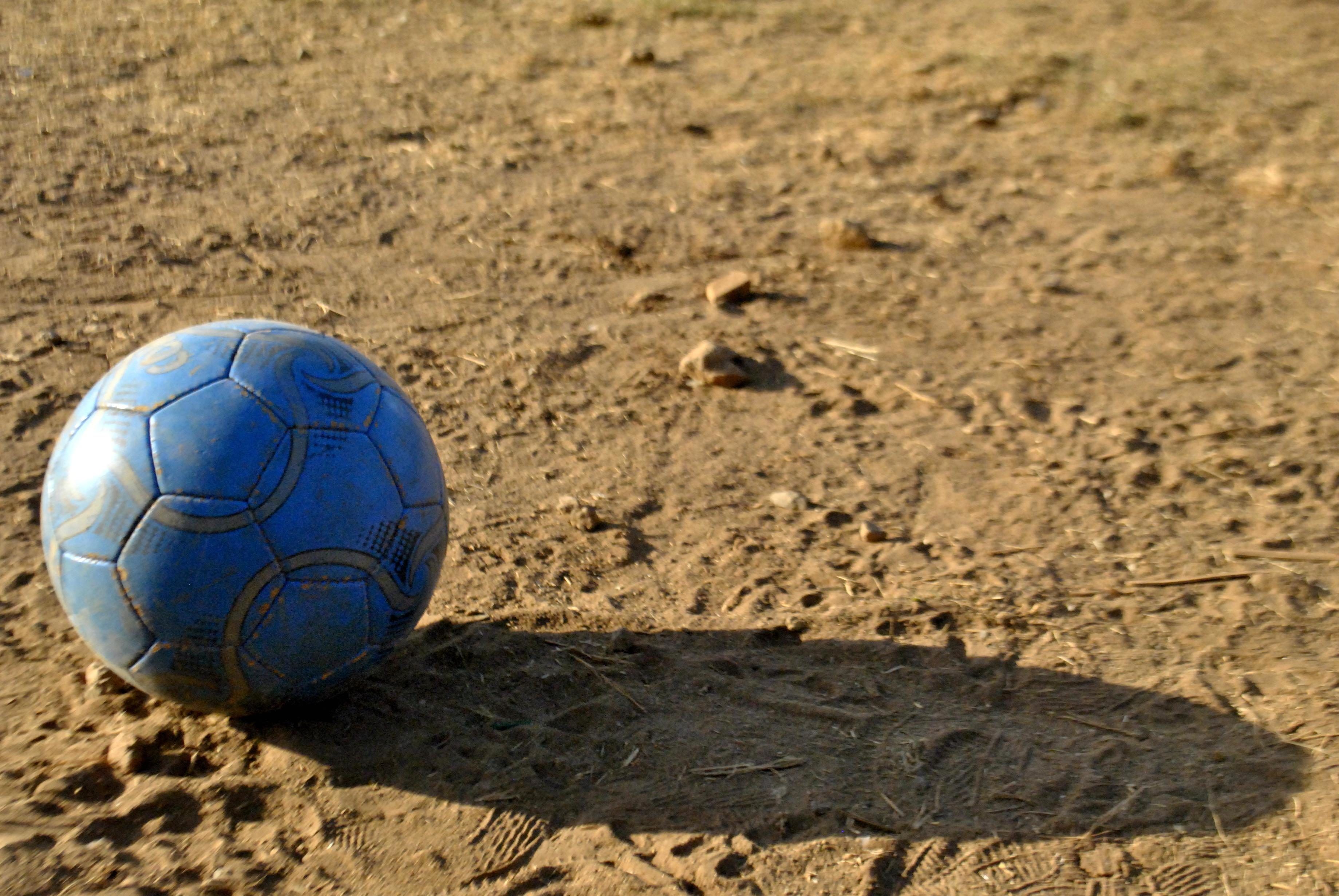The darker side of the World Cup
Just over a week ago, the mood in England was gloomy. The World Cup dream had been cut abruptly short; normal service had resumed.
For some, though, the mood was not just gloomy. It was dangerous, damaging, terrifying. Statistics collected by academics, drawn from phone calls received by the police during the 2002, 2006 and 2010 World Cups, suggest that domestic abuse rises by 38% when England lose. According to the ONS, 70% of domestic abuse victims are female. The real loser on Wednesday night, then, was not England: it was English women.
The number of recorded racist and homophobic chants in Russian football stadia actually increased as the World Cup loomed
Football’s tricky relationship with women has long been charted. They are less likely than men to attend games; far less likely to sit in the boardroom; in with almost no chance of being one of the coaching staff. Prior to the 2018 World Cup, though, women were not the concern. Attention was focussed on racism and homophobia, plagues not just of the Russian football community, but of Russian society in general. And they seemed to be getting worse as the tournament neared: the number of recorded racist and homophobic chants in Russian football stadia actually increased as the World Cup loomed. Meanwhile, one Russian lawmaker advised Russian women to avoid having sex with non-white foreign men for fear of being left with their mixed-race children; another warned of the diseases carried by travelling fans.
FIFA’s response to racism in Russian football has been and remains cursory, but the attention paid by the global press, and work done by organisations such as the Football Against Racism in Europe Network, has been unflinching and necessary. It also appears to have been effective: there have been no recorded incidents of racism amongst Russian fans so far in the tournament. But hatred does not just disappear. Instead it has been displaced, onto a group which is subsumed into minority groups but so rarely receives protection in its own right.
Russian women are reportedly attending games in greater numbers than they do domestic matches
Women presumably the world over have been subjected to violence, as predominantly male audiences partake in a potent mixture of alcohol, drugs and gambling. In a series of high-profile cases, female journalists have been sexually harassed on live television as they have reported on the tournament. Inside stadia, women have also been viewed through the camera lens; they were nearly all spectators, and disproportionately beautiful. One has to wonder how many of the camera operators are female.
Much as the World Cup is lauded as a celebration of cultures, the pinnacle – alongside the Olympics – of sport’s power to bring together nations otherwise divided, it has so far failed to include women fully into its festivities. Yes, there have been marked improvements: Russian women are reportedly attending games in greater numbers than they do domestic matches; BBC and ITV have included women in their commentating and pundit teams; Iranian women were allowed to enter a sports stadium for the first time since 1979 when they watched their country play Spain in a live screening in Tehran. But their voices have met resistance, whether from those who sexually assault journalists, or those who complain that female commentators are too high-pitched.
We watched alongside our fathers, brothers, sons; we felt included in this national narrative of daring to hope
Women are easy targets because they have not been accepted into the football mainstream. Whereas black and minority ethnic groups can defy the racists by looking to the pitch and its plethora of BAME players, women and girls must be content with viewing the impossibly gorgeous women in the stands who, by virtue of the majority male audience, become the spectacle, not the spectators. According to this World Cup, women’s only place in football is that of cheerleader, adornment, eye candy.
To be fair to FIFA, its diversity officer Federico Addiechi has instructed broadcasters to stop the singling out of attractive females during games, and has suggested that this will become proactive policy in future tournaments. But what was his motivation? Surely not equality and inclusivity – a more potent demonstration of those concerns would have been the awarding of the 2018 and 2022 World Cups to nations other than Russia and Qatar. Perhaps when admonishing broadcasters Addiechi was actually considering market researchers Nielsen, who highlighted the increasing interest of women in watching the World Cup. Equally, compare the £7,600 fine charged to the Mexican Football Federation for its fans’ homophobic chants towards German keeper Manuel Neuer, to the £50,000 bill laid at the English FA’s door for the comparative triviality of some England players wearing unauthorised socks. When it comes to FIFA, money talks.
Women across the country might dispute all of this. After all, we watched alongside our fathers, brothers, sons; we felt included in this national narrative of daring to hope, and falling in love with Gareth Southgate. But my thoughts are with the girls. Watching this World Cup, their aspirations could only to be to look pretty enough in a football shirt to appear on TV. This World Cup did not teach them that they could train a footballer, or pay a footballer, or be a footballer. Yes, this is the men’s game, not the women’s. But just as we cheer alongside the men, so should we be able to work alongside them, and have our voices heard alongside theirs. Maybe we can make our presence known with our voices; maybe, to make FIFA listen, we should do it with our money. Perhaps by Qatar we will see an improvement. But football, just like society, has a long way to go.

Comments